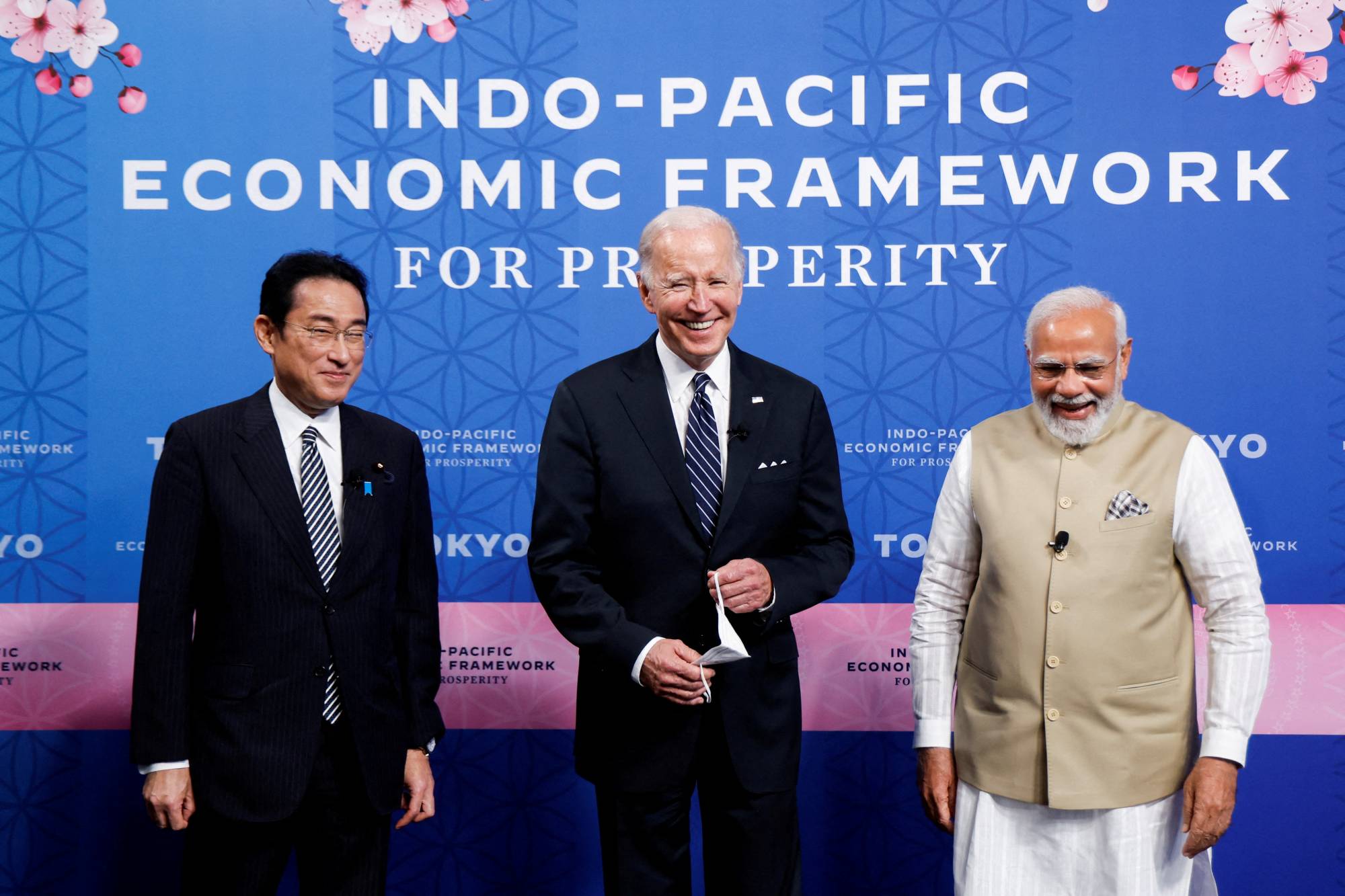U.S. President Joe Biden announced his long-planned Indo-Pacific Economic Framework for Prosperity (IPEF) in Tokyo with the backing of a dozen countries from the region who seek U.S. economic leadership as a counterbalance to China’s influence.
But while Biden basked in the warm words of support he received from IPEF member leaders at Monday’s launch of the framework, getting the pact to work as advertised could prove a daunting task once he returns to Washington. Adding to the challenge, the U.S. president faces declining poll numbers less than six months before November's congressional midterm elections.
There are four pillars to the framework: trade, supply chains, clean energy, and tax and anti-corruption.

















With your current subscription plan you can comment on stories. However, before writing your first comment, please create a display name in the Profile section of your subscriber account page.